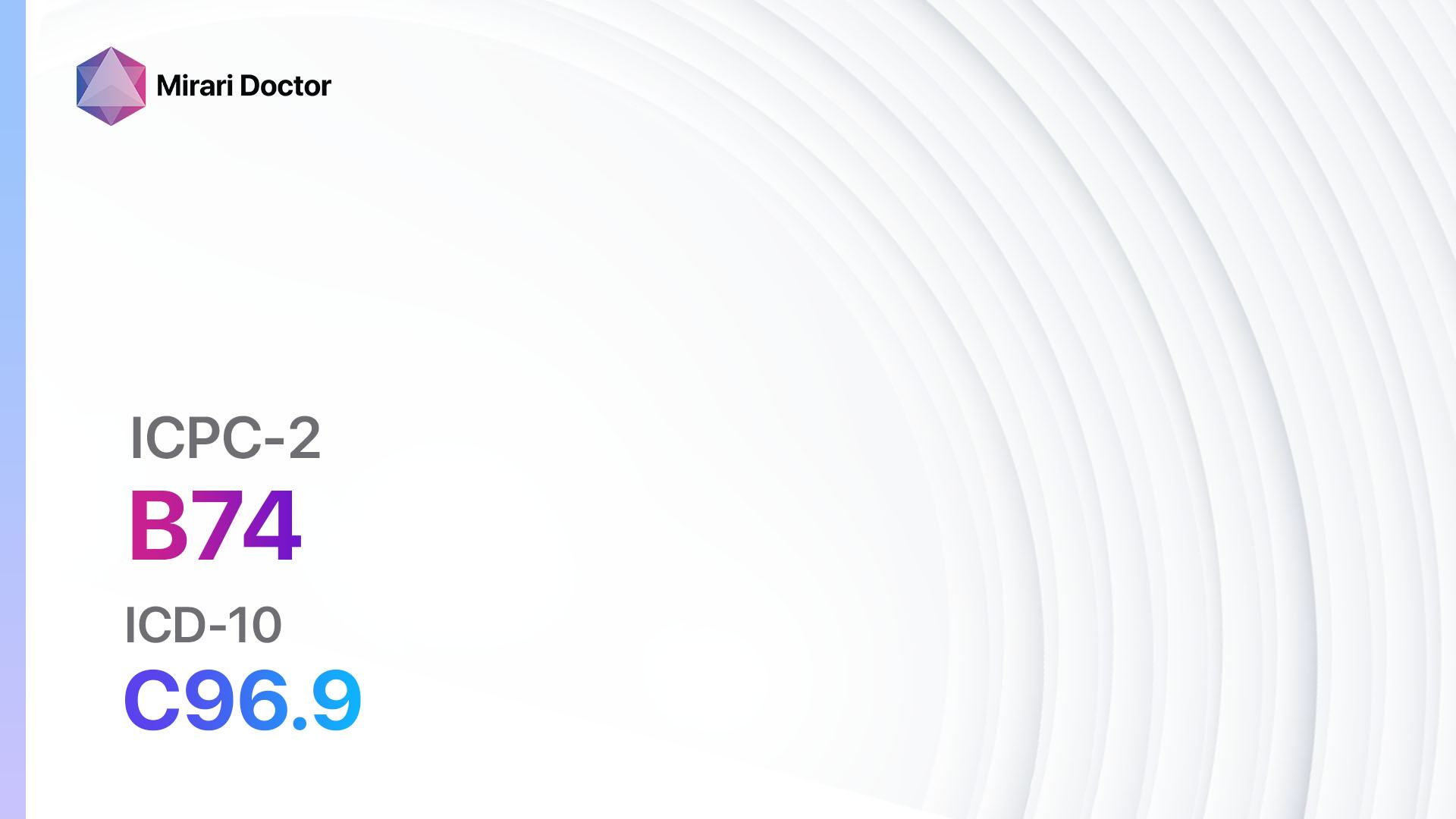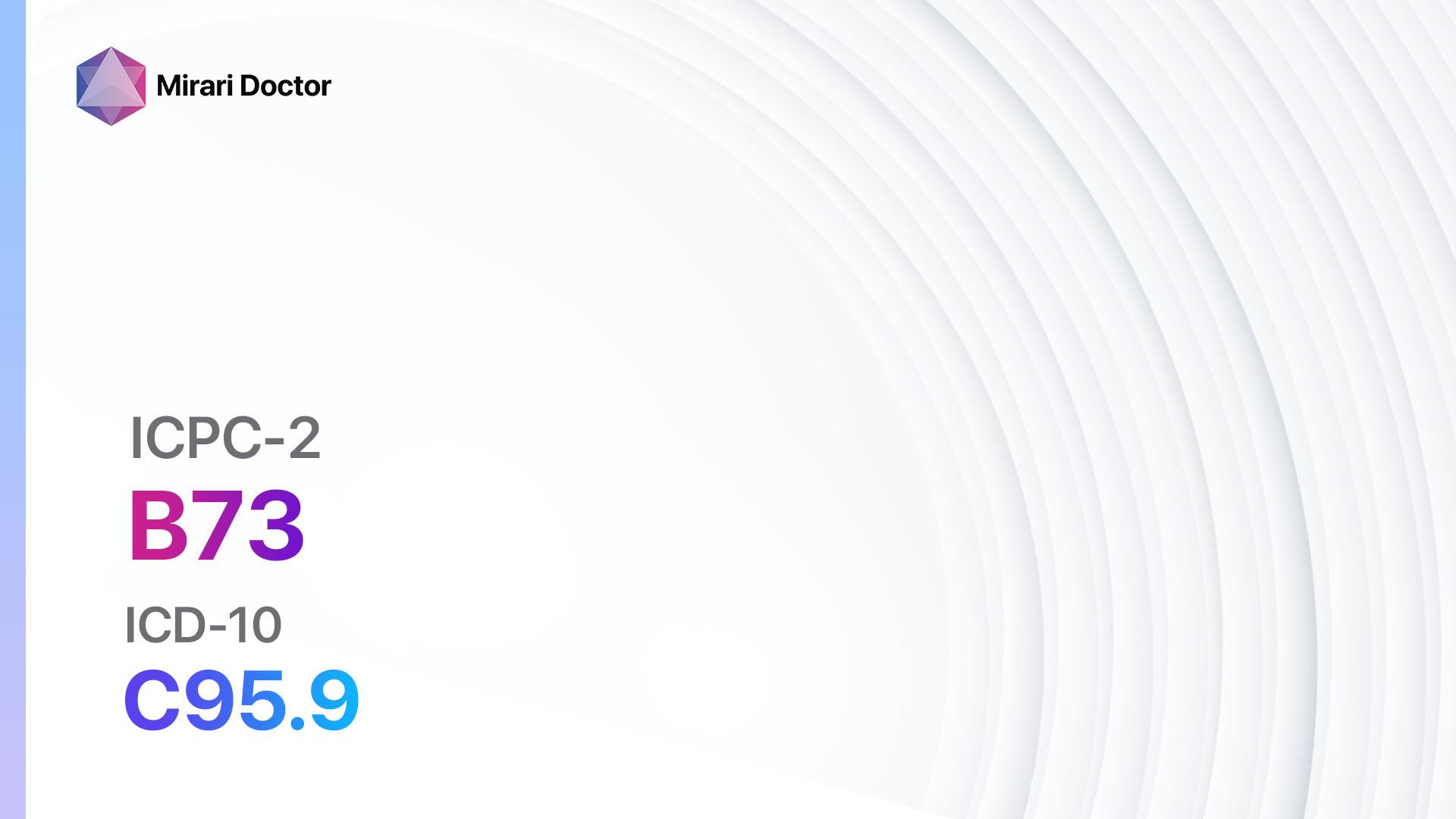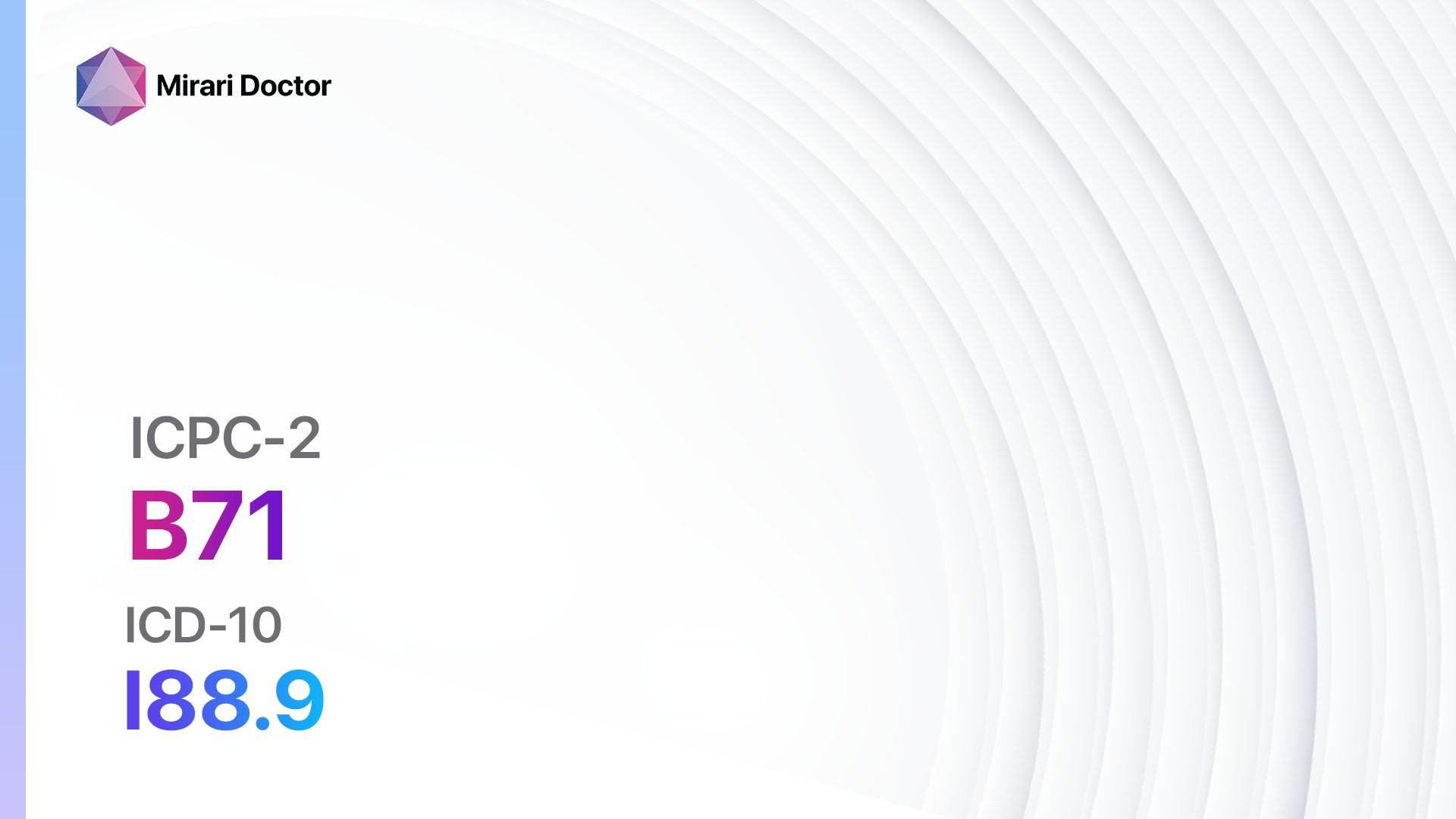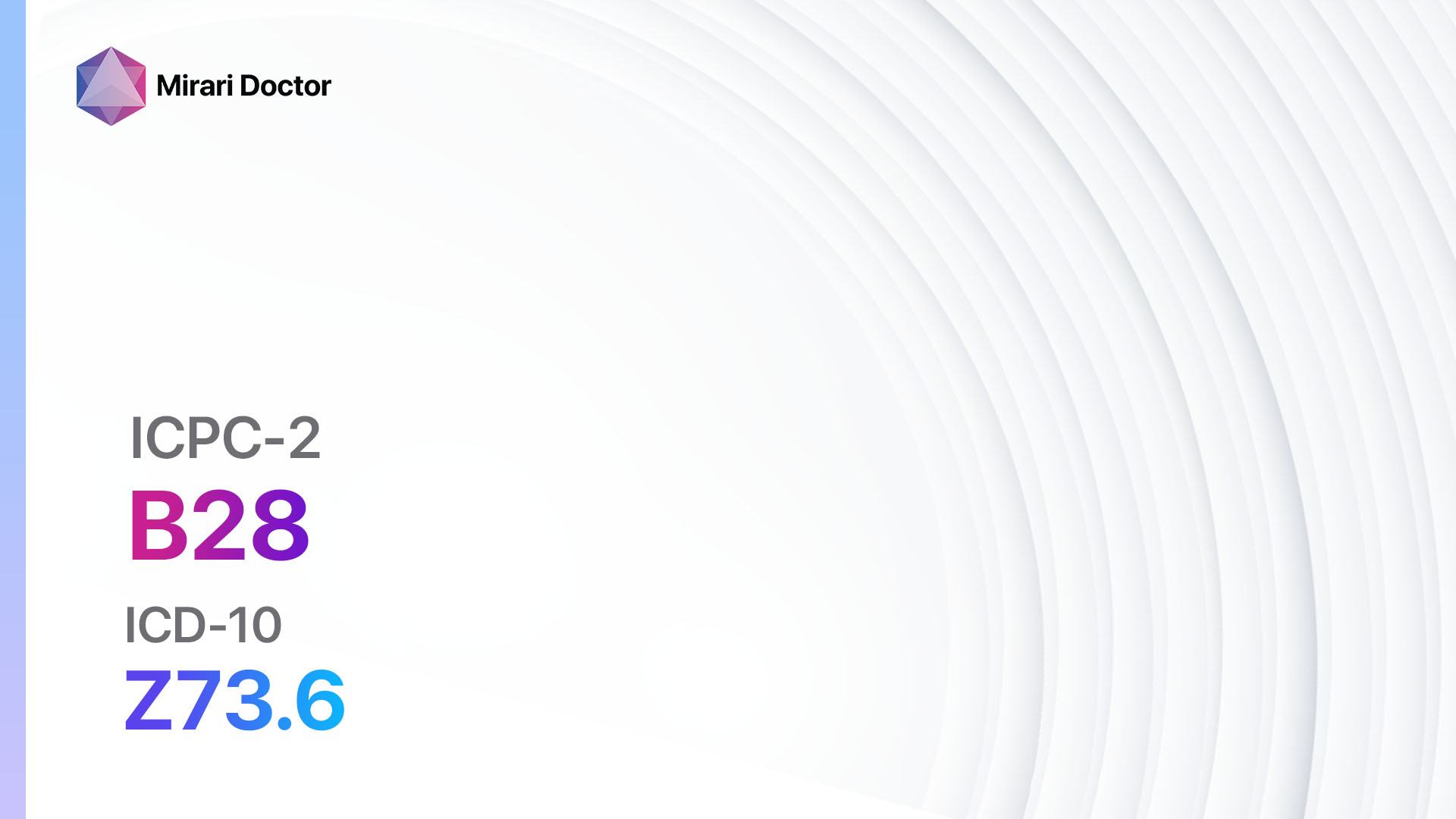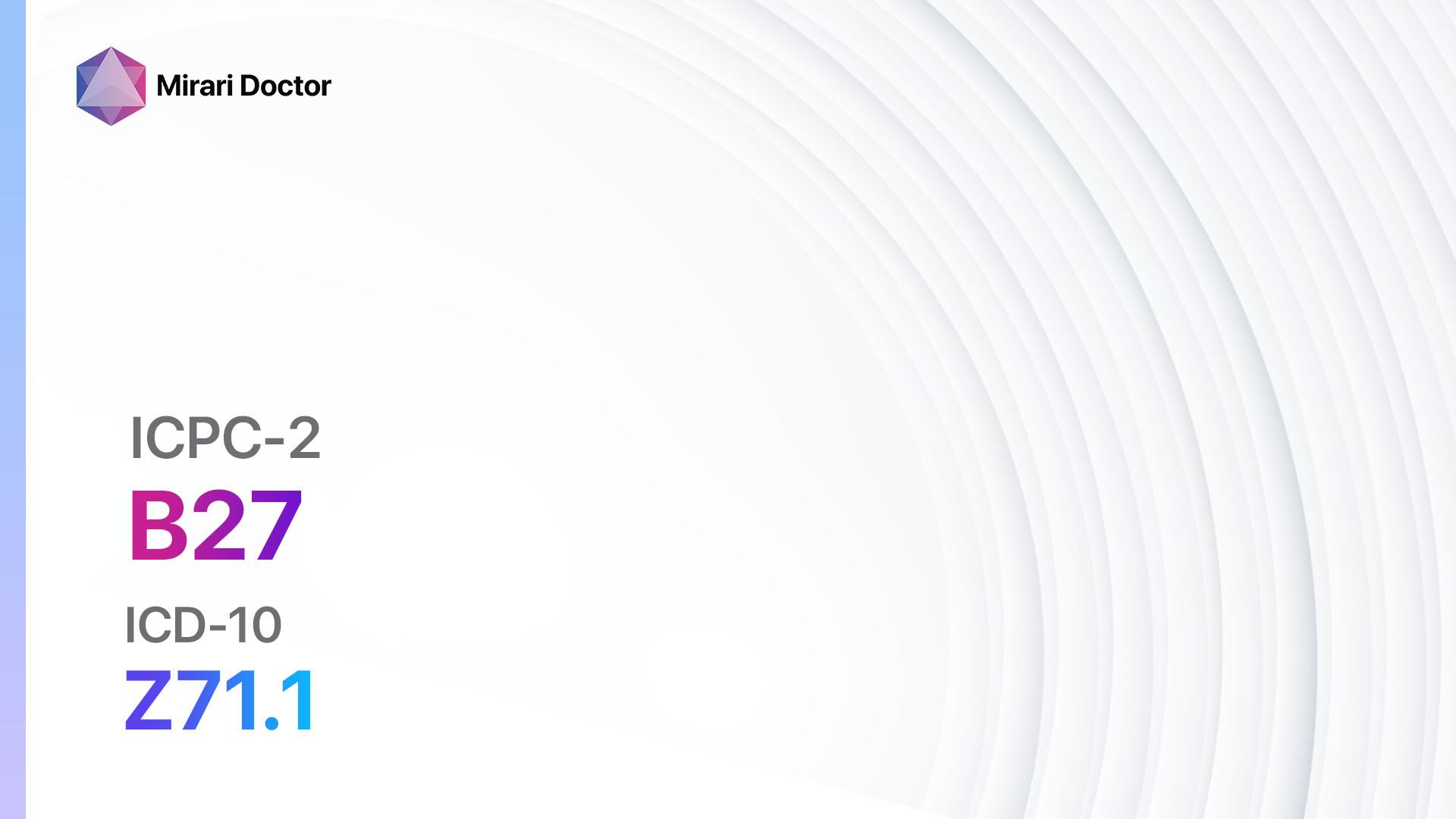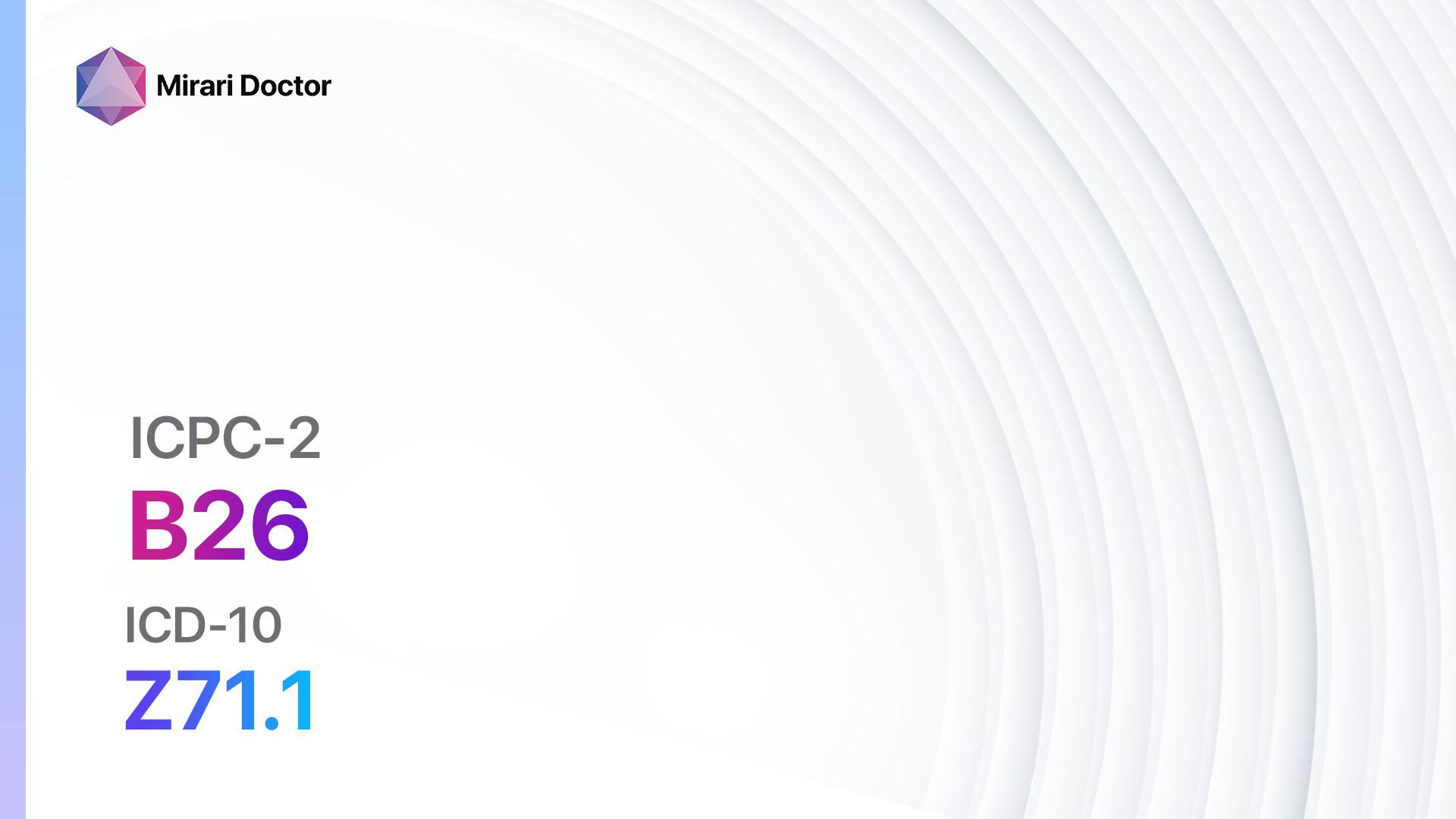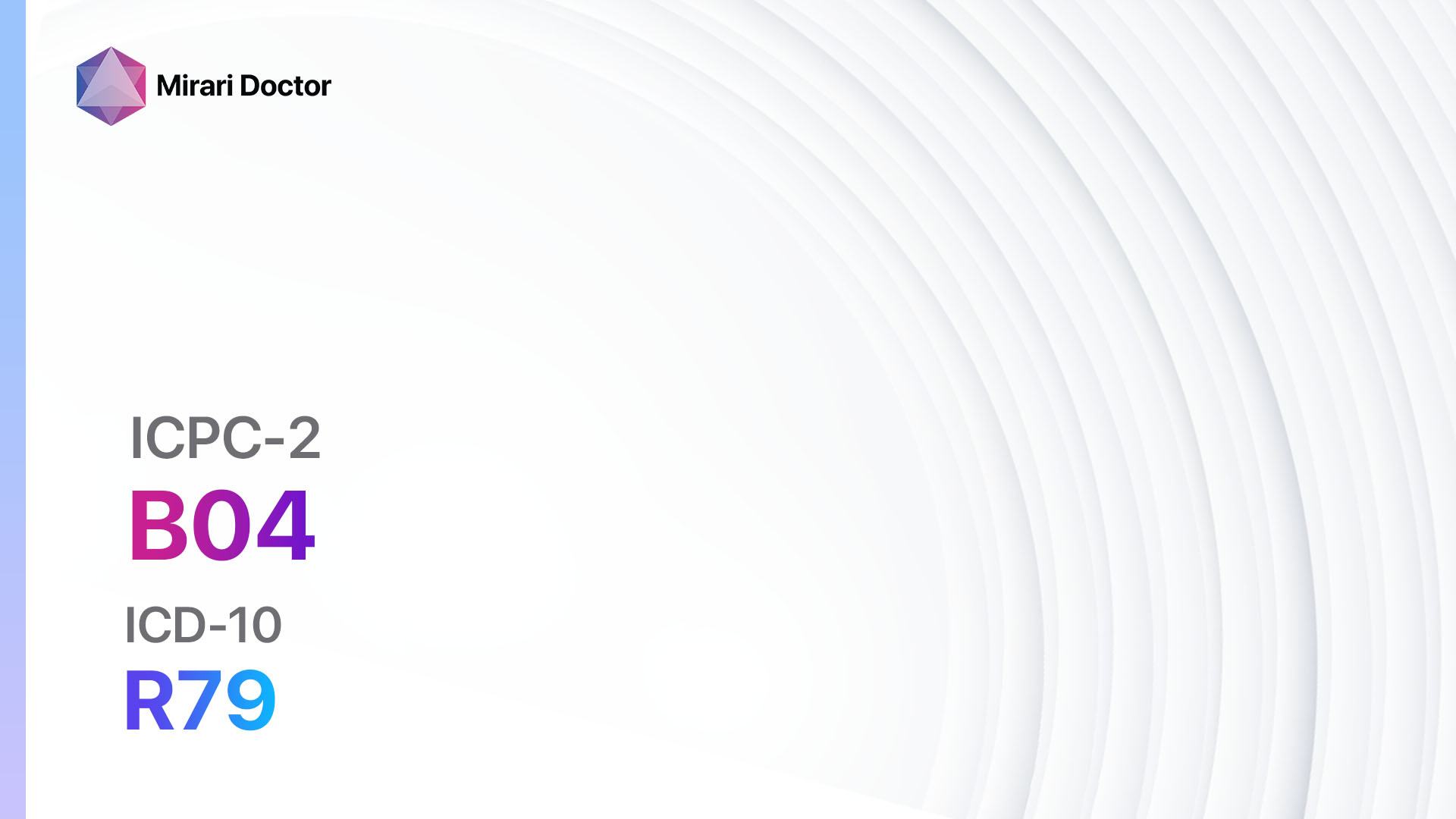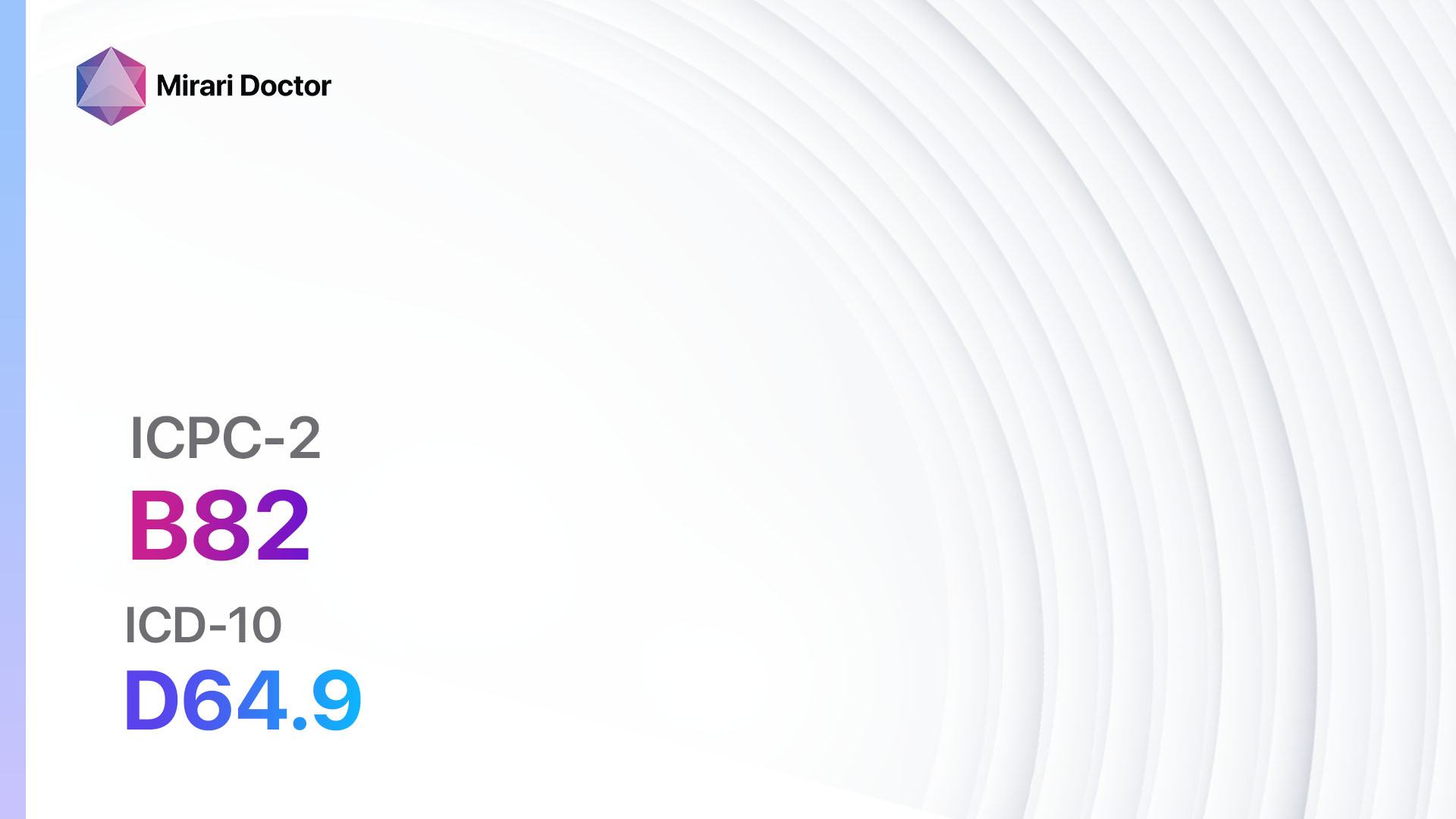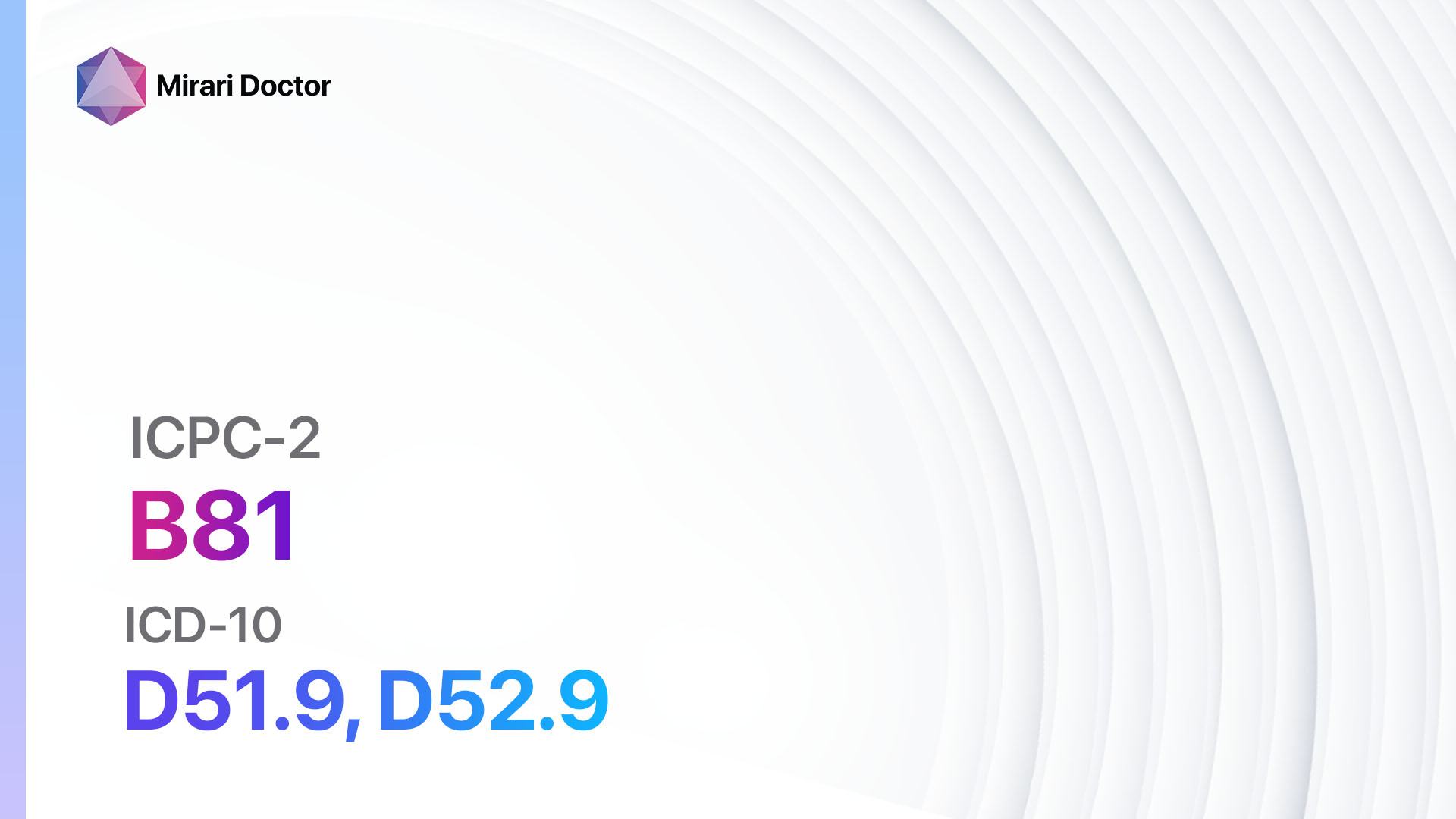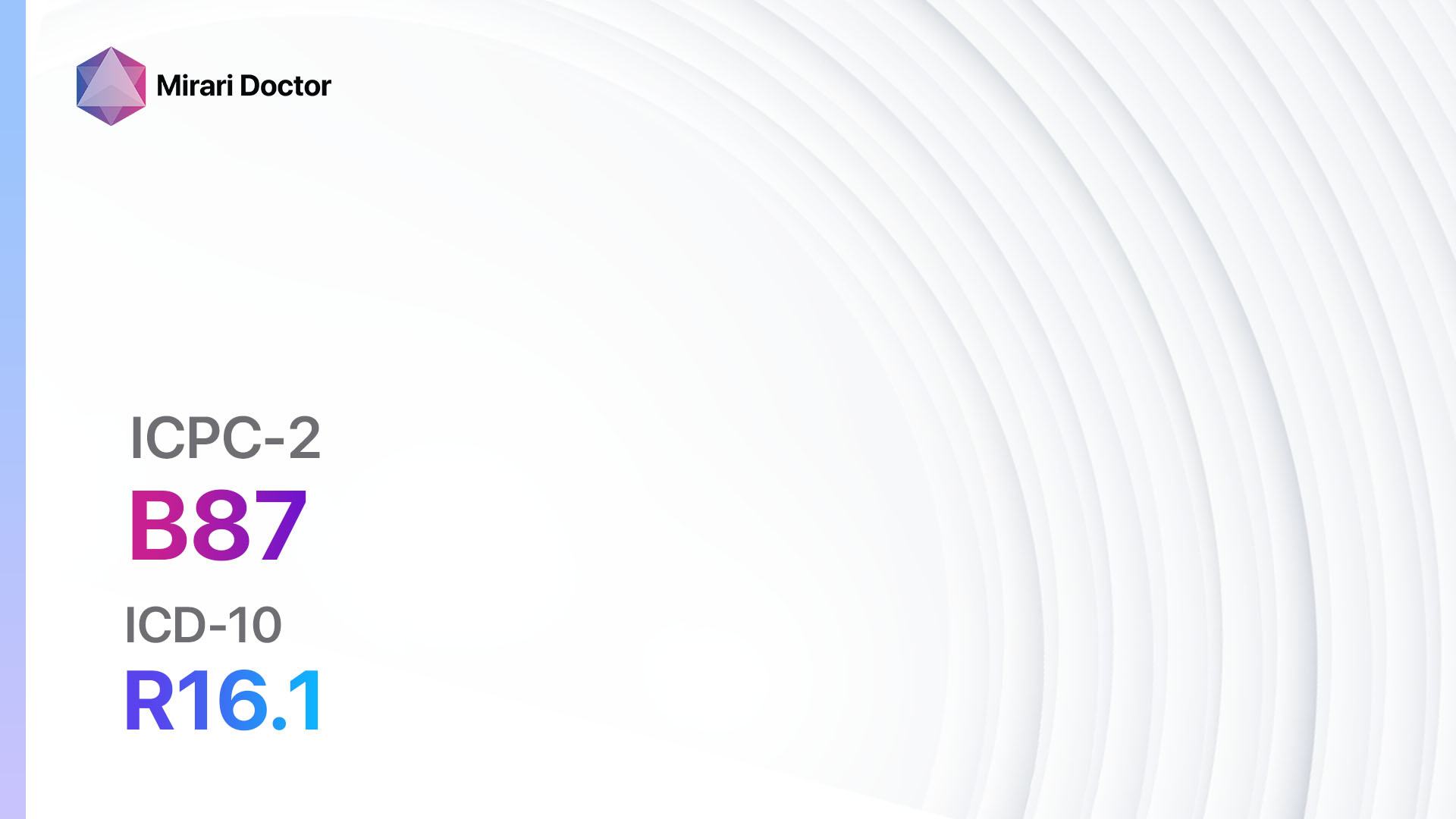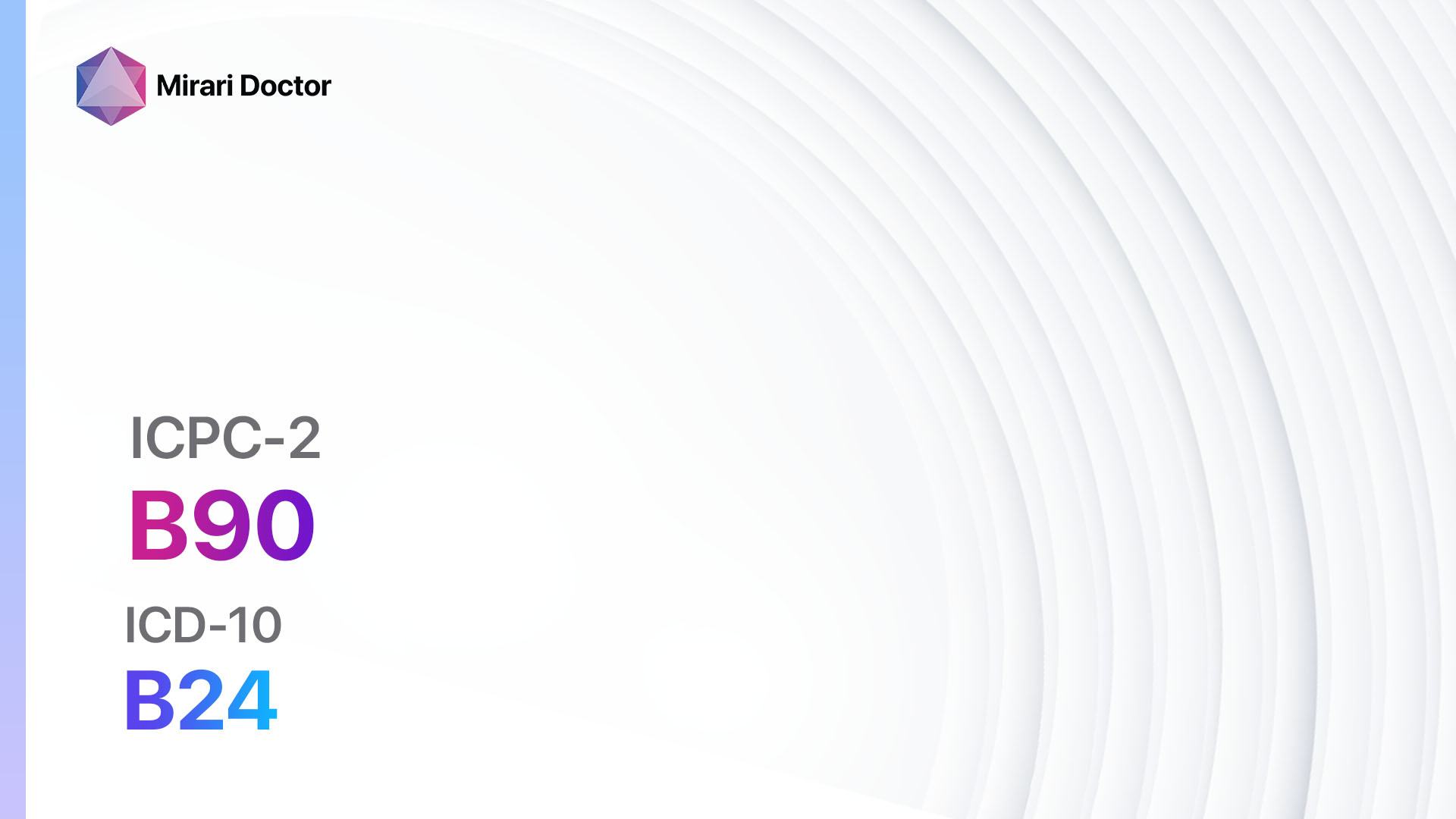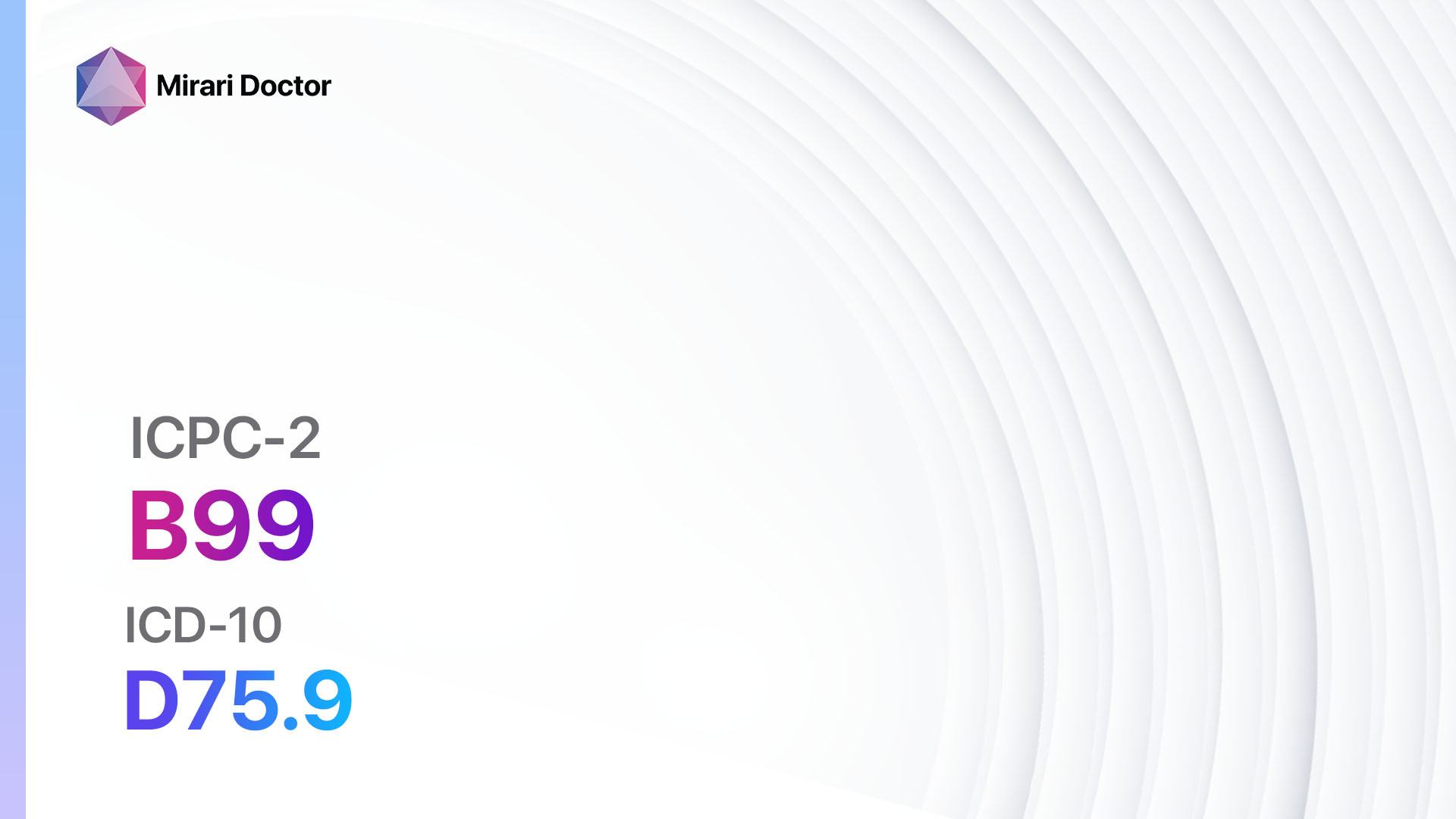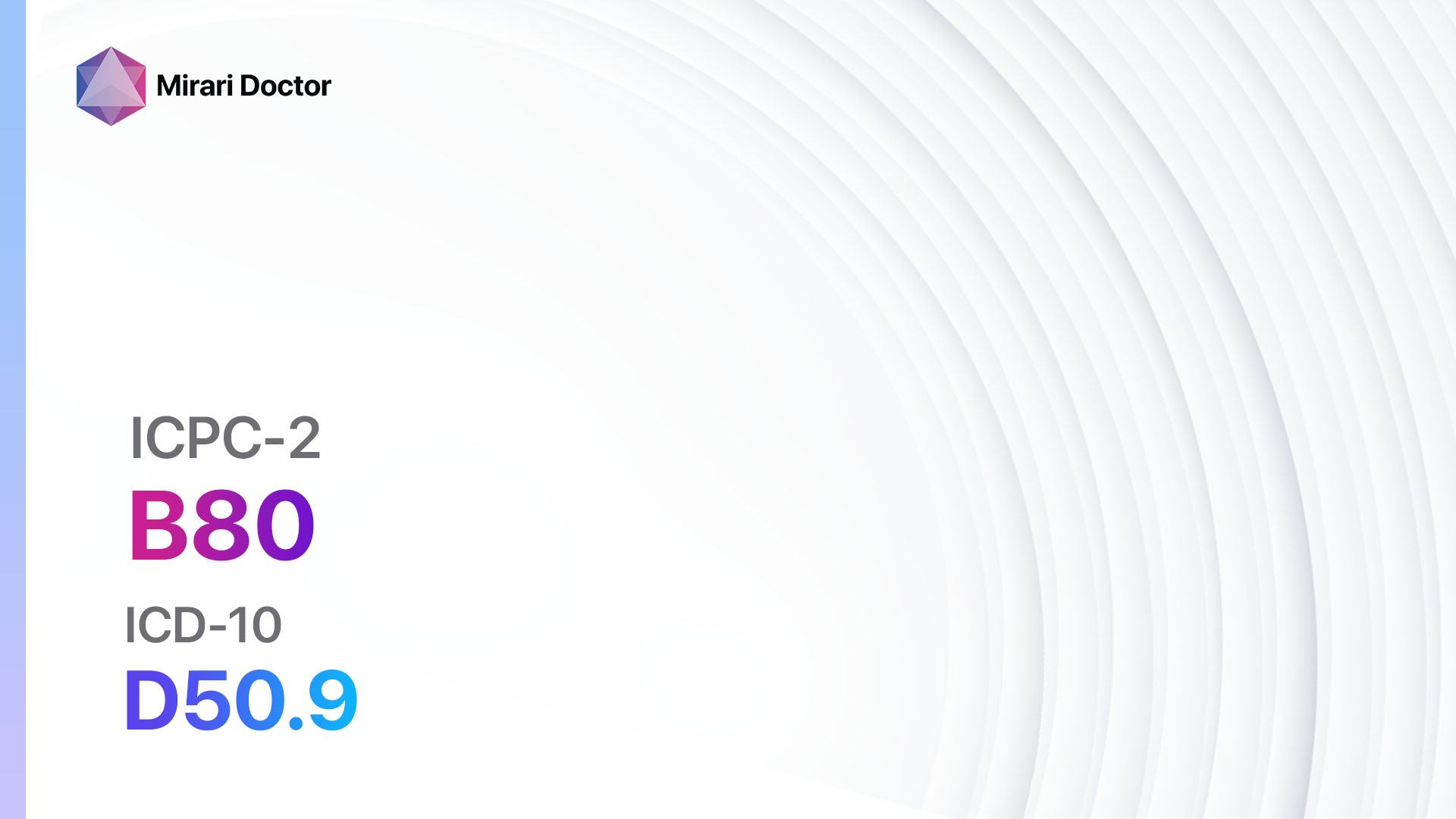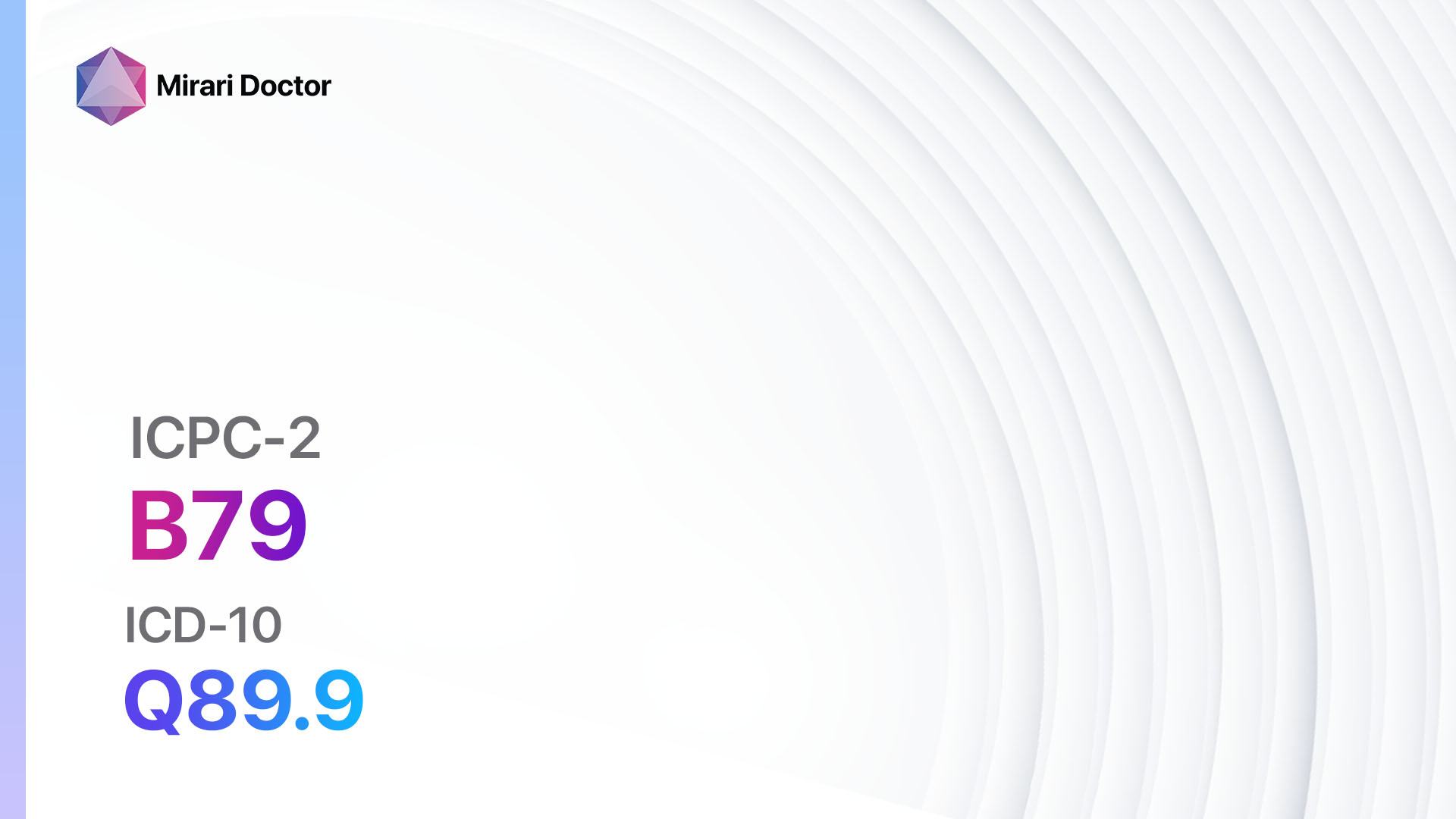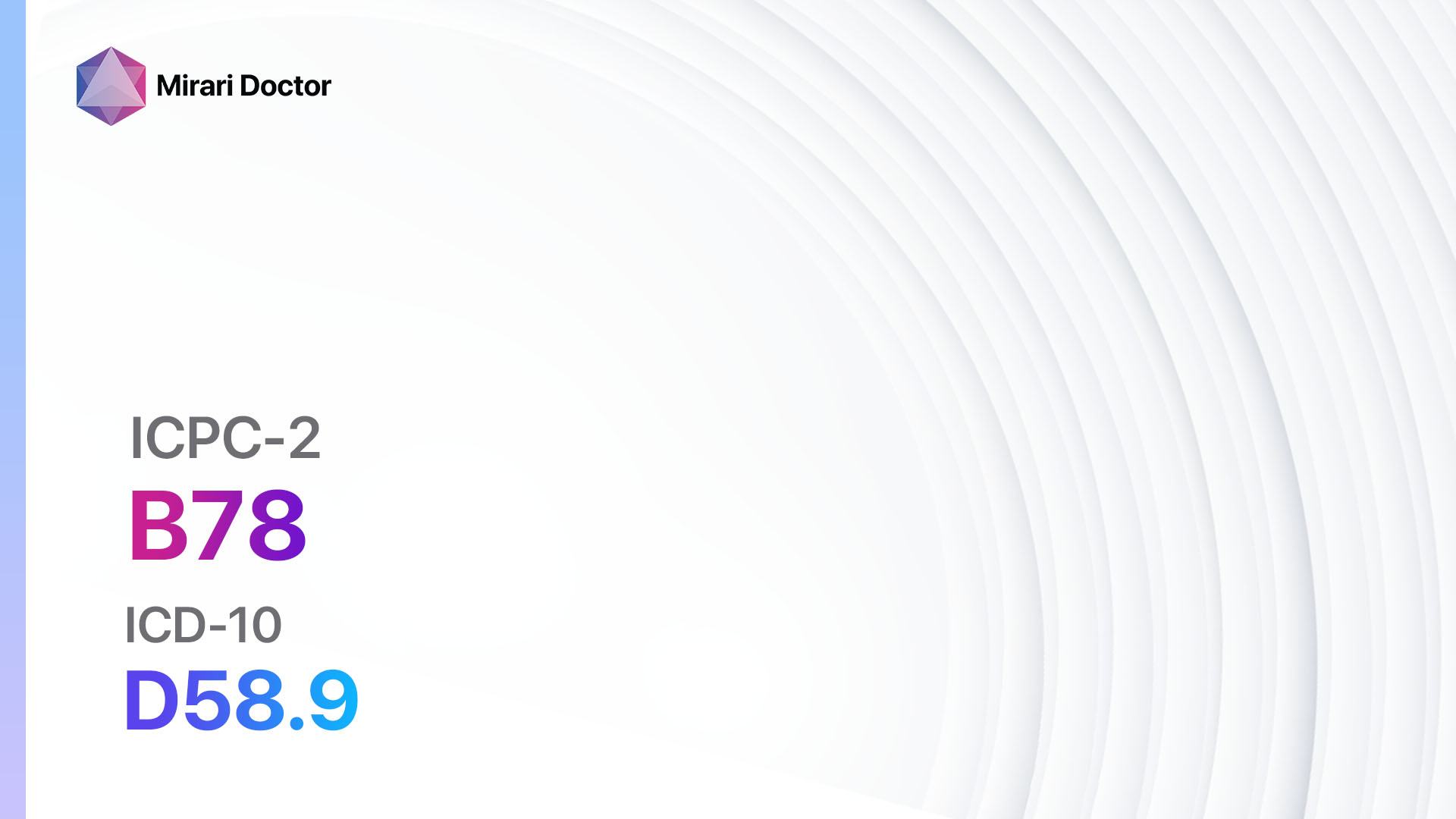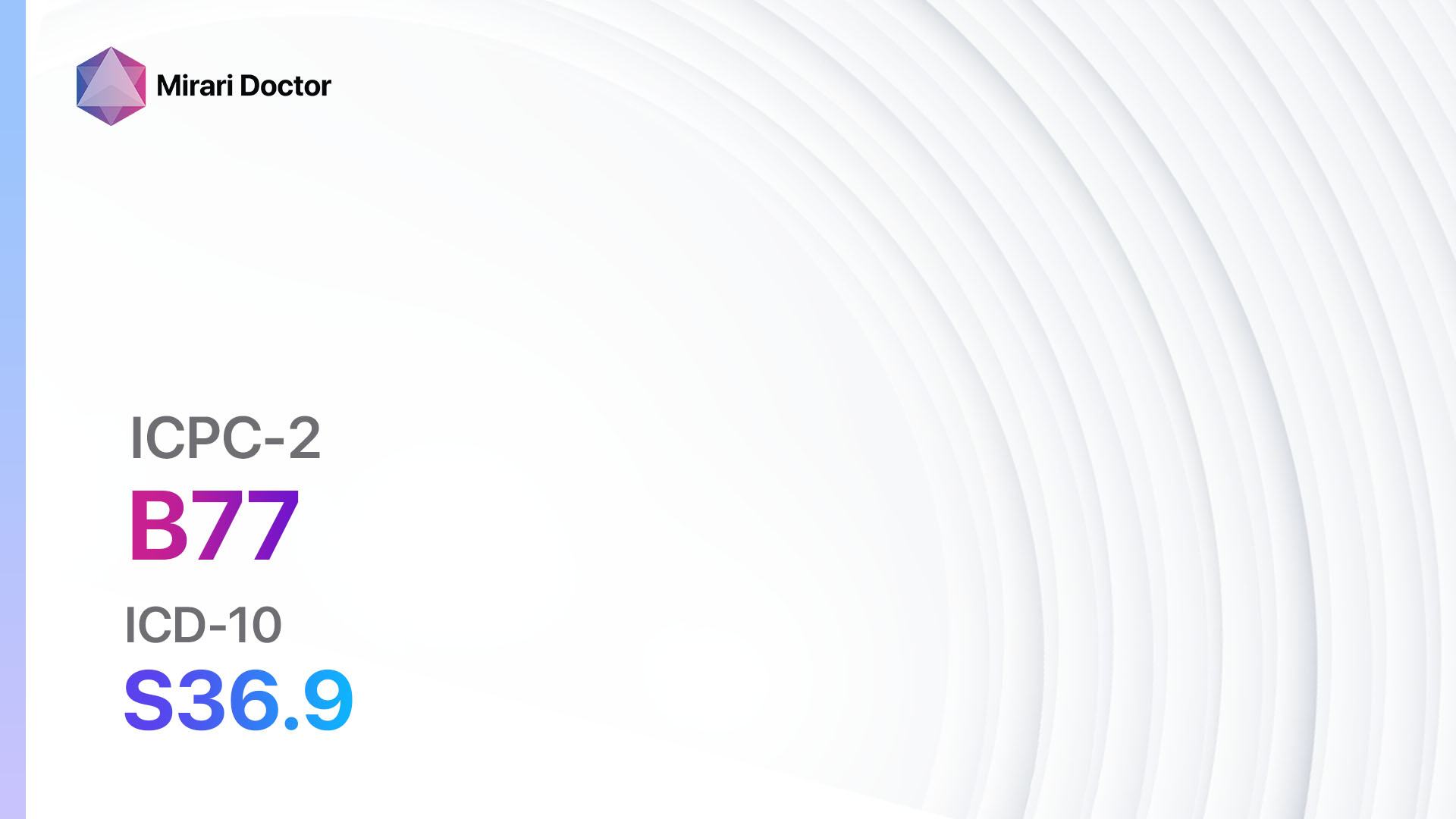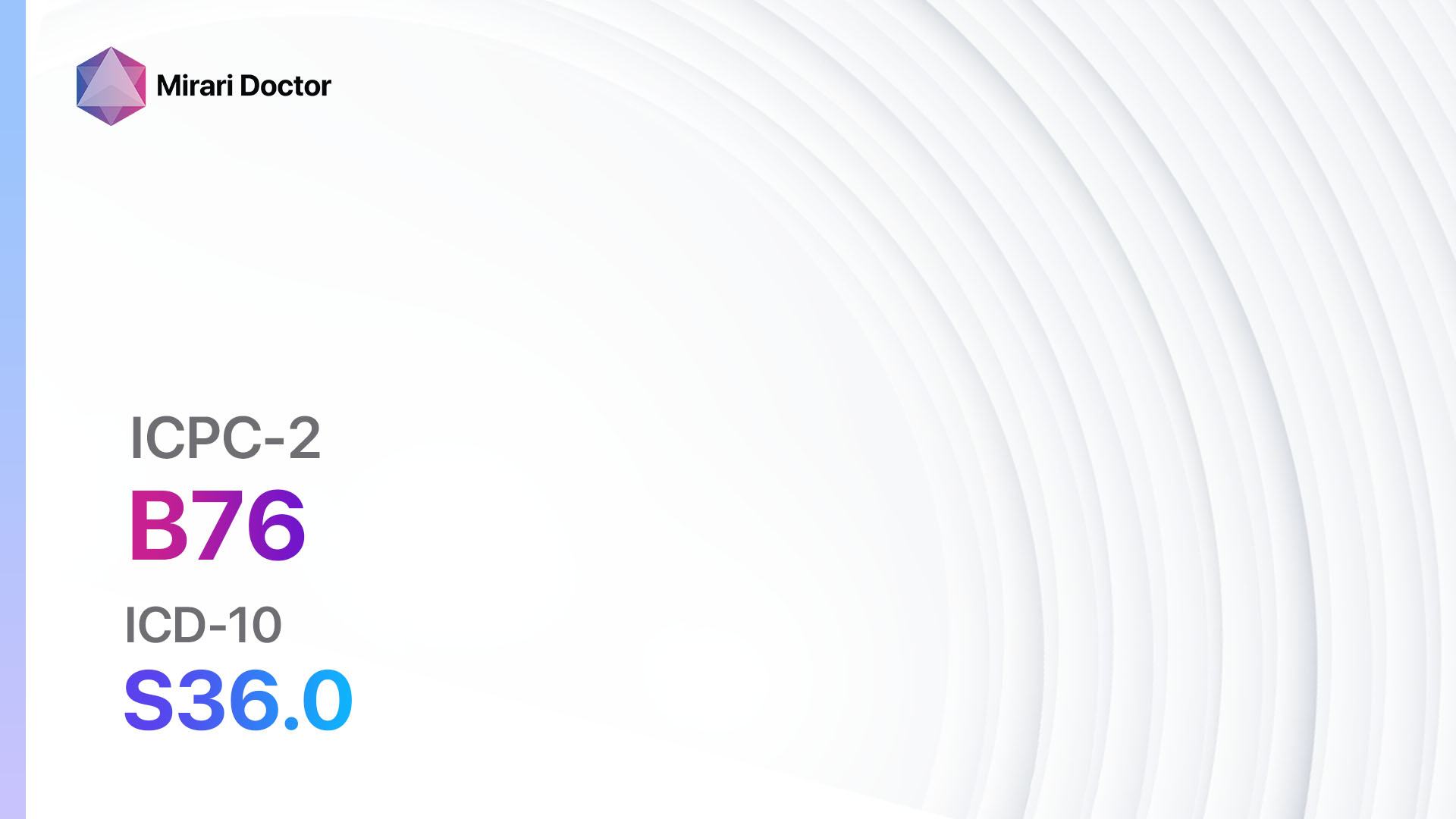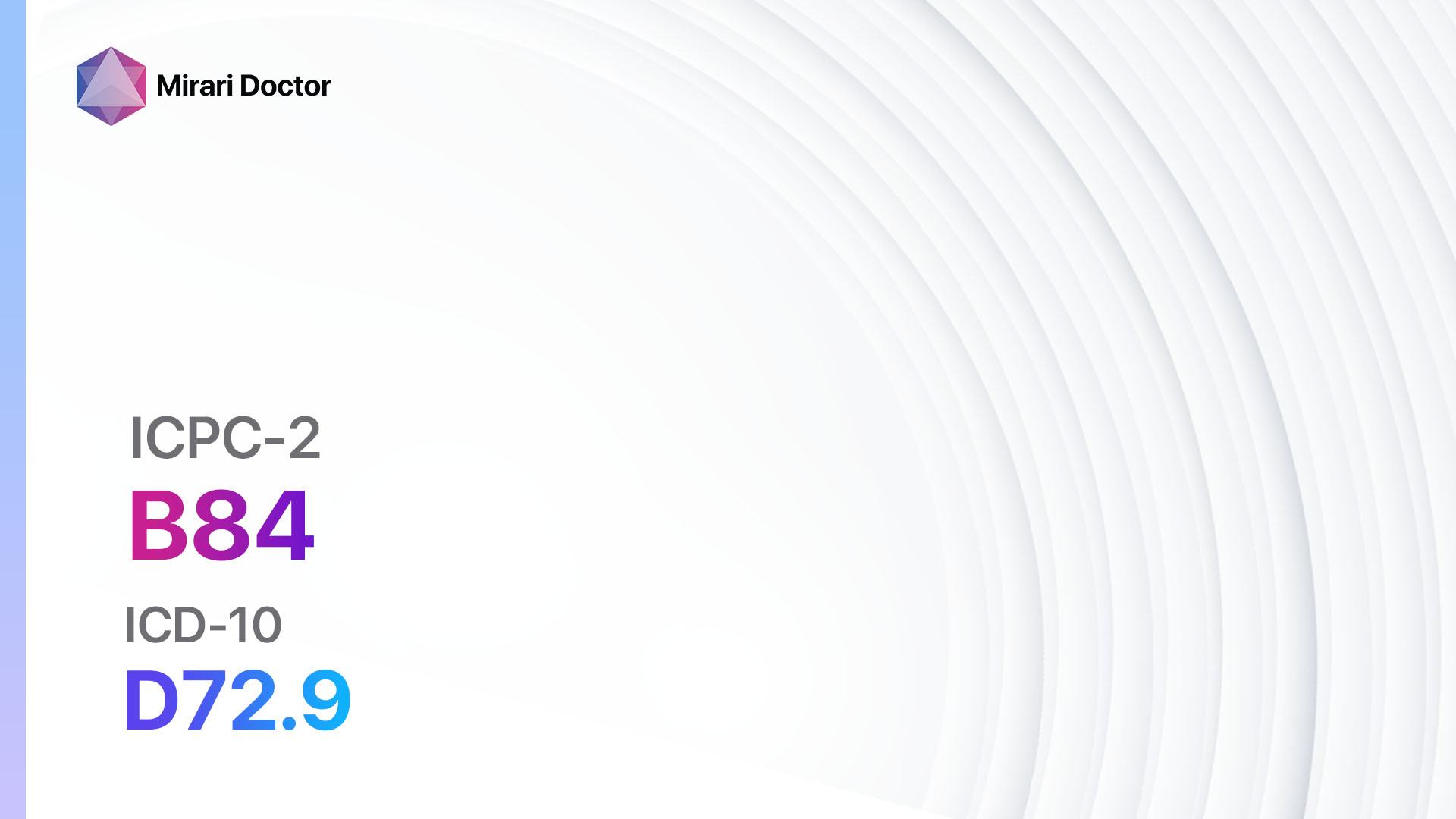
Introduction
Unexplained abnormal white cells refer to a condition where the white blood cell count or white blood cell characteristics are abnormal, but the underlying cause remains unidentified after initial evaluation[1]. This condition is clinically significant as white blood cells are essential components of the immune system, representing only 1% of blood cells but playing crucial roles in fighting infections and maintaining health[2]. Abnormal white blood cell counts can indicate underlying infections, inflammatory conditions, hematologic disorders, or other systemic diseases[3]. This comprehensive guide provides an evidence-based approach to diagnosing and managing patients with unexplained abnormal white cells.
Codes
- ICPC-2 Code: B84 Unexplained abnormal white cells
- ICD-10 Code: D72.9 Disorder of white blood cells, unspecified[4]
Symptoms
The clinical presentation varies significantly based on whether patients have leukocytosis (high white blood cell count) or leukopenia (low white blood cell count)[2]:
High White Blood Cell Count (Leukocytosis) Symptoms
Most patients with leukocytosis are asymptomatic, with symptoms typically related to the underlying cause[2]:
- Fever: Often indicates infectious or inflammatory causes[5]
- Fatigue and weakness: Common but nonspecific symptoms[3]
- Night sweats: May suggest hematologic malignancies[6]
- Unexplained weight loss: Concerning for malignancy when present[3]
- Enlarged lymph nodes: May indicate lymphoproliferative disorders[3]
Extreme Leukocytosis (Hyperleukocytosis) Symptoms
When white blood cell counts exceed 100,000 cells/µL, patients may develop leukostasis syndrome[7]:
- Respiratory symptoms: Shortness of breath, hypoxia
- Neurological symptoms: Confusion, vision changes, stroke-like symptoms
- Bleeding complications: Due to impaired platelet function
Low White Blood Cell Count (Leukopenia) Symptoms
Leukopenia itself typically produces no direct symptoms[2]:
- Increased infection susceptibility: Frequent, severe, or unusual infections
- Fever and chills: Signs of overwhelming infection
- Oral ulcers: May develop with severe neutropenia
- Easy bruising or bleeding: If associated thrombocytopenia is present
Causes
The causes of abnormal white blood cells are extensive and can be categorized into several groups[5][8]:
Infectious Causes
- Bacterial infections: Can cause marked neutrophilia
- Viral infections: Often associated with lymphocytosis (e.g., infectious mononucleosis)
- Parasitic infections: May cause eosinophilia
- Fungal infections: Can cause variable white blood cell responses
- Tuberculosis: Can present at various stages with different white blood cell patterns[8]
Hematologic Malignancies
- Acute leukemias: Often present with blast cells and abnormal white blood cell counts[9]
- Chronic leukemias: Including chronic lymphocytic leukemia and chronic myeloid leukemia
- Lymphomas: Both Hodgkin and non-Hodgkin types can affect white blood cell counts
- Myeloproliferative disorders: Including myelofibrosis and polycythemia vera[8]
Inflammatory and Autoimmune Conditions
- Rheumatoid arthritis: Can cause leukocytosis or leukopenia
- Systemic lupus erythematosus: Often associated with leukopenia
- Inflammatory bowel disease: May cause elevated white blood cell counts
- Sarcoidosis: Can affect various blood cell lines[8]
Medication-Related Causes
- Corticosteroids: Commonly cause neutrophilia
- Chemotherapy agents: Often cause leukopenia
- Immunosuppressive drugs: Can suppress white blood cell production
- Antibiotics: Some may cause drug-induced cytopenias[5]
Other Causes
- Physical stress: Surgery, burns, extreme exercise[8]
- Emotional stress: Can transiently elevate white blood cell counts
- Smoking: Associated with persistent leukocytosis[5]
- Pregnancy: Physiological leukocytosis is common
- Genetic disorders: Various hereditary conditions affecting white blood cell production
Diagnostic Steps
Medical History
Comprehensive history taking should focus on[10]:
- Symptom assessment: Duration, severity, and associated symptoms
- Recent infections: Viral illnesses, bacterial infections, or unusual infections
- Medication history: Complete list including over-the-counter medications and supplements
- Past medical history: Previous blood disorders, autoimmune conditions, or cancers
- Family history: Genetic blood disorders or hematologic malignancies
- Social history: Smoking, alcohol use, occupational exposures, travel history
- Review of systems: Constitutional symptoms, bleeding, bruising, infections
Physical Examination
Systematic physical examination should include[10]:
- General appearance: Assessment for pallor, jaundice, or signs of illness
- Vital signs: Temperature, blood pressure, heart rate, respiratory rate
- Lymph node examination: Cervical, axillary, inguinal, and supraclavicular nodes
- Spleen and liver palpation: Assessment for organomegaly
- Skin examination: Petechiae, purpura, rashes, or infection signs
- Oral examination: Ulcers, thrush, or dental infections
- Cardiovascular and respiratory: Signs of infection or inflammation
Laboratory Tests
Initial Laboratory Studies
- Complete blood count (CBC) with differential: Essential first step providing total white blood cell count and differential count of cell types[3]
- Peripheral blood smear: Microscopic examination for cell morphology, blast cells, or abnormal forms[7]
- Comprehensive metabolic panel: Assess organ function and electrolyte status
- Lactate dehydrogenase (LDH): Often elevated in hematologic malignancies
- Uric acid: May be elevated in rapid cell turnover conditions
Specialized Hematologic Testing
- Flow cytometry: Gold standard for identifying abnormal cell populations and diagnosing hematologic malignancies[11]
- Bone marrow aspiration and biopsy: Indicated when malignancy suspected or when initial tests are inconclusive[12]
- Cytogenetic analysis: Chromosomal studies for suspected leukemia or lymphoma
- Molecular genetic testing: For specific mutations associated with hematologic disorders
Infectious Disease Testing
- Blood cultures: For suspected bacterial infections
- Viral studies: Including Epstein-Barr virus, cytomegalovirus, hepatitis panel
- Tuberculosis testing: Interferon-gamma release assays or tuberculin skin test
- Other infectious studies: Based on clinical suspicion and travel history
Diagnostic Imaging
- Chest X-ray: Assess for infections, lymphadenopathy, or other abnormalities[10]
- CT scan: Detailed imaging of chest, abdomen, and pelvis when lymphoma suspected
- MRI: May be useful for specific indications or when CT contraindicated
- PET scan: For staging and monitoring lymphoproliferative disorders
Additional Specialized Tests
- Autoimmune markers: Antinuclear antibodies, rheumatoid factor when autoimmune disease suspected
- Immunoglobulin levels: Assessment of immune function
- Complement levels: For suspected complement-mediated disorders
- Vitamin B12 and folate levels: Deficiencies can affect white blood cell production
Possible Interventions
Traditional Medical Interventions
Targeted Therapies Based on Underlying Cause
1. Antimicrobial Therapy (for Infectious Causes)
- Antibiotics: Broad-spectrum initially, then targeted based on culture results
- Cost: $10-500 per month depending on specific agent and duration[13]
- Examples: Amoxicillin-clavulanate, ciprofloxacin, vancomycin
- Monitoring: Complete antibiotic courses; monitor for side effects and resistance
2. Corticosteroids (for Inflammatory/Autoimmune Causes)
- Prednisone: Most commonly used oral corticosteroid
- Cost: $10-50 per month for generic formulations[14]
- Mechanism: Anti-inflammatory and immunosuppressive effects
- Side effects: Weight gain, hyperglycemia, osteoporosis, increased infection risk
- Warning: Requires gradual tapering to avoid adrenal insufficiency
3. Immunosuppressive Agents
- Methotrexate: For autoimmune conditions affecting white blood cells
- Azathioprine: Alternative immunosuppressive agent
- Cost: $20-200 per month for generic versions[15]
- Monitoring: Regular blood counts, liver function tests required
- Contraindications: Active infections, pregnancy, severe liver disease
4. Hematologic-Specific Therapies
- Chemotherapy regimens: For confirmed hematologic malignancies[9]
- Targeted therapies: Including tyrosine kinase inhibitors for specific leukemias
- Biological therapies: Monoclonal antibodies for lymphoproliferative disorders
- Cost: Varies widely from $1,000-20,000+ per month depending on regimen
5. Supportive Care Medications
- Growth factors: G-CSF (filgrastim) for severe neutropenia
- Antifungal prophylaxis: For patients with prolonged neutropenia
- Antiviral medications: For viral infections affecting white blood cell counts
- Cost: $100-5,000 per month depending on specific agents
Emergency Interventions for Hyperleukocytosis
- Leukapheresis: Mechanical removal of excess white blood cells[7]
- Hydroxyurea: Rapid cytoreduction for extremely elevated counts
- Chemotherapy: Immediate initiation when malignancy confirmed
- Supportive care: Aggressive hydration, allopurinol for tumor lysis syndrome prevention
Alternative and Complementary Interventions
Evidence-Based Approaches
While conventional medical treatment remains primary, some complementary approaches may provide supportive benefits:
- Vitamin D supplementation: May support immune function in deficient patients[16]
- Cost: $10-30 per month
- Evidence: Limited evidence for immune benefits; establish deficiency before supplementing
- Zinc supplementation: For confirmed zinc deficiency affecting immune function[16]
- Cost: $15-25 per month
- Caution: Excessive zinc can interfere with other mineral absorption
Mind-Body Therapies
- Meditation and mindfulness: May help reduce stress-related impacts on immune function
- Cost: Free to $100 per month for guided programs
- Yoga: Gentle forms may improve overall well-being
- Acupuncture: Limited evidence for immune system benefits; $60-120 per session
Important Cautions
- Herbal supplements: Many can interact with medications or affect blood counts[16]
- “Immune-boosting” products: Limited scientific evidence; may interfere with treatment
- Consultation required: All complementary therapies should be discussed with healthcare providers
Lifestyle Interventions
Nutrition and Dietary Considerations
- Balanced diet: Emphasis on fruits, vegetables, whole grains, and lean proteins
- Adequate protein: Essential for white blood cell production and function
- Micronutrient sufficiency: Ensure adequate vitamins A, C, D, E, and minerals like zinc and iron
- Food safety: Particularly important for patients with low white blood cell counts
- Cost: Varies with individual choices; nutritionist consultation $100-200 per session
Infection Prevention Strategies
- Hand hygiene: Frequent handwashing with soap and water
- Vaccination: Up-to-date immunizations as appropriate for immune status
- Avoid sick contacts: Particularly important during neutropenic periods
- Environmental precautions: Avoid crowded places when immune-compromised
- Dental hygiene: Regular dental care to prevent oral infections
Physical Activity and Rest
- Moderate exercise: Regular physical activity supports overall immune function
- Adequate sleep: 7-9 hours nightly for optimal immune system function
- Stress management: Chronic stress can negatively impact white blood cell function
- Activity modification: Based on blood counts and energy levels
Lifestyle Modifications for Specific Conditions
- Smoking cessation: Essential for overall health and can normalize elevated white blood cell counts[5]
- Alcohol moderation: Excessive alcohol can suppress immune function
- Weight management: Obesity is associated with chronic inflammation and altered white blood cell function
Follow-up and Patient Education
Monitoring Schedule
- Initial phase: Weekly to biweekly monitoring until cause identified and treatment initiated
- Stable patients: Monthly to quarterly monitoring based on underlying condition
- Treatment response: Regular assessment of blood counts and clinical symptoms
- Long-term surveillance: Ongoing monitoring for potential complications or relapse
Patient Education Priorities
- Understanding the condition: Explanation of white blood cell function and significance of abnormalities
- Recognition of complications: Signs requiring immediate medical attention (fever, severe infections, bleeding)
- Medication compliance: Importance of adherence to prescribed treatments
- Lifestyle modifications: Infection prevention, nutrition, and activity guidelines
- Follow-up importance: Regular monitoring and communication with healthcare team
When to Seek Immediate Medical Attention
- High fever: Temperature >100.4°F (38°C), especially in neutropenic patients
- Signs of severe infection: Chills, confusion, difficulty breathing
- Unusual bleeding: Excessive bruising, nosebleeds, or other bleeding
- Severe weakness: Inability to perform daily activities
- New or worsening symptoms: Any concerning changes in health status
Mirari Cold Plasma Alternative Intervention
Understanding Mirari Cold Plasma
- Safe and Non-Invasive Treatment: Mirari Cold Plasma is a safe and non-invasive treatment option for various skin conditions. It does not require incisions, minimizing the risk of scarring, bleeding, or tissue damage.
- Efficient Extraction of Foreign Bodies: Mirari Cold Plasma facilitates the removal of foreign bodies from the skin by degrading and dissociating organic matter, allowing easier access and extraction.
- Pain Reduction and Comfort: Mirari Cold Plasma has a local analgesic effect, providing pain relief during the treatment, making it more comfortable for the patient.
- Reduced Risk of Infection: Mirari Cold Plasma has antimicrobial properties, effectively killing bacteria and reducing the risk of infection.
- Accelerated Healing and Minimal Scarring: Mirari Cold Plasma stimulates wound healing and tissue regeneration, reducing healing time and minimizing the formation of scars.
Mirari Cold Plasma Prescription
Video instructions for using Mirari Cold Plasma Device – B84 Unexplained abnormal white cells (ICD-10:D72.9)
| Mild | Moderate | Severe |
| Mode setting: 7 (Immunotherapy) Location: 1 (Sacrum) Morning: 15 minutes, Evening: 15 minutes |
Mode setting: 7 (Immunotherapy) Location: 1 (Sacrum) Morning: 30 minutes, Lunch: 30 minutes, Evening: 30 minutes |
Mode setting: 7 (Immunotherapy) Location: 1 (Sacrum) Morning: 30 minutes, Lunch: 30 minutes, Evening: 30 minutes |
| Mode setting: 7 (Immunotherapy) Location: 4 (Heart, Bile & Pancreas) Morning: 15 minutes, Evening: 15 minutes |
Mode setting: 7 (Immunotherapy) Location: 4 (Heart, Bile & Pancreas) Morning: 30 minutes, Lunch: 30 minutes, Evening: 30 minutes |
Mode setting: 7 (Immunotherapy) Location: 4 (Heart, Bile & Pancreas) Morning: 30 minutes, Lunch: 30 minutes, Evening: 30 minutes |
| Mode setting: 7 (Immunotherapy) Location: 1 (Sacrum) Morning: 15 minutes, Evening: 15 minutes |
Mode setting: 7 (Immunotherapy) Location: 1 (Sacrum) Morning: 30 minutes, Lunch: 30 minutes, Evening: 30 minutes |
Mode setting: 7 (Immunotherapy) Location: 1 (Sacrum) Morning: 30 minutes, Lunch: 30 minutes, Evening: 30 minutes |
| Total Morning: 45 minutes approx. $7.50 USD, Evening: 45 minutes approx. $7.50 USD |
Total Morning: 90 minutes approx. $15 USD, Lunch: 90 minutes approx. $15 USD, Evening: 90 minutes approx. $15 USD |
Total Morning: 90 minutes approx. $15 USD, Lunch: 90 minutes approx. $15 USD, Evening: 90 minutes approx. $15 USD |
| Usual treatment for 7-60 days approx. $105 USD – $900 USD | Usual treatment for 6-8 weeks approx. $1,890 USD – $2,520 USD |
Usual treatment for 3-6 months approx. $4,050 USD – $8,100 USD
|
 |
|
Use the Mirari Cold Plasma device to treat Unexplained abnormal white cells effectively.
WARNING: MIRARI COLD PLASMA IS DESIGNED FOR THE HUMAN BODY WITHOUT ANY ARTIFICIAL OR THIRD PARTY PRODUCTS. USE OF OTHER PRODUCTS IN COMBINATION WITH MIRARI COLD PLASMA MAY CAUSE UNPREDICTABLE EFFECTS, HARM OR INJURY. PLEASE CONSULT A MEDICAL PROFESSIONAL BEFORE COMBINING ANY OTHER PRODUCTS WITH USE OF MIRARI.
Step 1: Cleanse the Skin
- Start by cleaning the affected area of the skin with a gentle cleanser or mild soap and water. Gently pat the area dry with a clean towel.
Step 2: Prepare the Mirari Cold Plasma device
- Ensure that the Mirari Cold Plasma device is fully charged or has fresh batteries as per the manufacturer’s instructions. Make sure the device is clean and in good working condition.
- Switch on the Mirari device using the power button or by following the specific instructions provided with the device.
- Some Mirari devices may have adjustable settings for intensity or treatment duration. Follow the manufacturer’s instructions to select the appropriate settings based on your needs and the recommended guidelines.
Step 3: Apply the Device
- Place the Mirari device in direct contact with the affected area of the skin. Gently glide or hold the device over the skin surface, ensuring even coverage of the area experiencing.
- Slowly move the Mirari device in a circular motion or follow a specific pattern as indicated in the user manual. This helps ensure thorough treatment coverage.
Step 4: Monitor and Assess:
- Keep track of your progress and evaluate the effectiveness of the Mirari device in managing your Unexplained abnormal white cells. If you have any concerns or notice any adverse reactions, consult with your health care professional.
Note
This guide is for informational purposes only and should not replace the advice of a medical professional. Always consult with your healthcare provider or a qualified medical professional for personal advice, diagnosis, or treatment. Do not solely rely on the information presented here for decisions about your health. Use of this information is at your own risk. The authors of this guide, nor any associated entities or platforms, are not responsible for any potential adverse effects or outcomes based on the content.
Mirari Cold Plasma System Disclaimer
- Purpose: The Mirari Cold Plasma System is a Class 2 medical device designed for use by trained healthcare professionals. It has received clearance from the U.S. FDA and is registered for use in Thailand and Vietnam. It is not intended for use outside of these locations.
- Informational Use: The content and information provided with the device are for educational and informational purposes only. They are not a substitute for professional medical advice or care.
- Variable Outcomes: While the device is approved for specific uses, individual outcomes can differ. We do not assert or guarantee specific medical outcomes.
- Consultation: Prior to utilizing the device or making decisions based on its content, it is essential to consult with a Certified Mirari Tele-Therapist and your medical healthcare provider regarding specific protocols.
- Liability: By using this device, users are acknowledging and accepting all potential risks. Neither the manufacturer nor the distributor will be held accountable for any adverse reactions, injuries, or damages stemming from its use.
- Geographical Availability: This device has received approval for designated purposes by the Thai and Vietnam FDA. As of now, outside of Thailand and Vietnam, the Mirari Cold Plasma System is not available for purchase or use.
References
- UC Davis Health. White Blood Cell Disorders. 2023. Available from: https://health.ucdavis.edu/conditions/white-blood-cell-disorders
- Parkview Cancer Institute. Abnormal White Blood Cell Count. 2024. Available from: https://www.parkview.com/medical-services/cancer/cancers-we-treat/abnormal-white-blood-cell-count
- Cleveland Clinic. Leukocytosis (High White Blood Cell Count): Causes & Symptoms. 2025. Available from: https://my.clevelandclinic.org/health/diseases/17704-high-white-blood-cell-count
- World Health Organization. International Classification of Diseases, 10th Revision (ICD-10). Geneva: WHO Press; 2019.
- Mayo Clinic. High white blood cell count Causes. 2022. Available from: https://www.mayoclinic.org/symptoms/high-white-blood-cell-count/basics/causes/sym-20050611
- Medical College of Canada. White blood cells, abnormalities of. 2024. Available from: https://mcc.ca/objectives/medical-expert/white-blood-cells-abnormalities-of/
- Patel A, Perkins EJ, Giles P. Leukocytosis. StatPearls. 2024. Available from: https://www.ncbi.nlm.nih.gov/books/NBK560882/
- Medical News Today. High white blood cell count: Causes, types, and more. 2024. Available from: https://www.medicalnewstoday.com/articles/315133
- National Cancer Institute. Acute Myeloid Leukemia Treatment (PDQ®)–Patient Version. 2025. Available from: https://www.cancer.gov/types/leukemia/patient/adult-aml-treatment-pdq
- Parkview Cancer Institute. Abnormal White Blood Cell Count. 2024. Available from: https://www.parkview.com/medical-services/cancer/cancers-we-treat/abnormal-white-blood-cell-count
- Quirónsalud. Flow Cytometry. 2024. Available from: https://www.quironsalud.com/en/diagnostic-tests/flow-cytometry
- Rindy LJ, et al. Bone Marrow Aspiration and Biopsy. StatPearls. 2023. Available from: https://www.ncbi.nlm.nih.gov/books/NBK559232/
- GoodRx. Antibiotic Prices and Generic Options. 2024. Available from: https://www.goodrx.com/conditions/infection/antibiotics
- GoodRx. Prednisone Prices and Coupons. 2024. Available from: https://www.goodrx.com/prednisone
- GoodRx. Immunosuppressant Medication Costs. 2024. Available from: https://www.goodrx.com/conditions/autoimmune
- The New York Times. Do Supplements Boost Your Immune System? 2025. Available from: https://www.nytimes.com/2025/02/24/well/do-immune-boosting-supplements-work.html
Related articles
Made in USA


